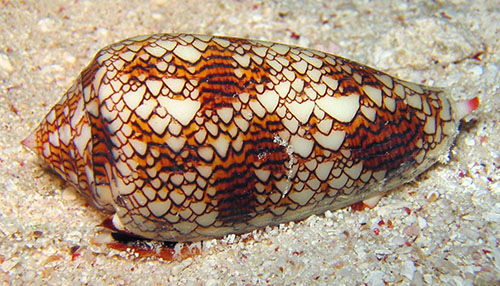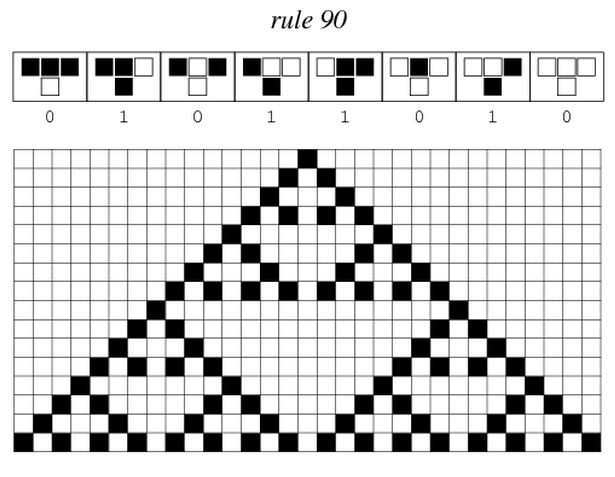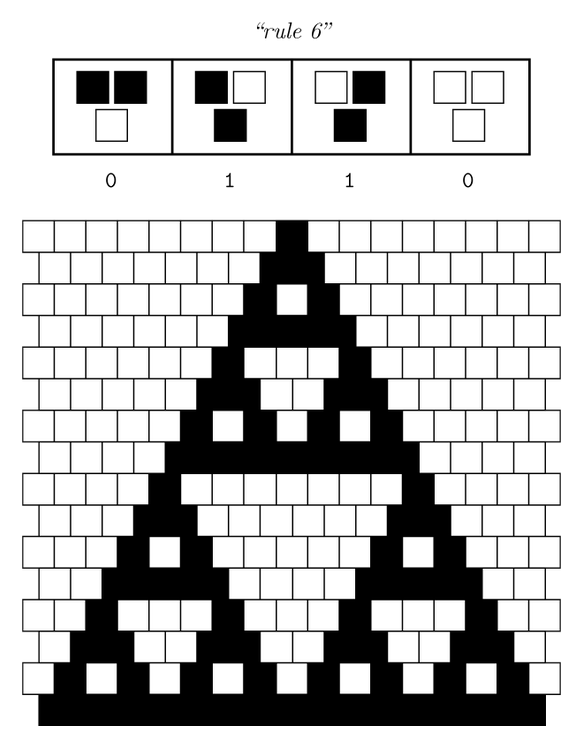Team:ETH Zurich/project/overview/summarysimple
From 2014.igem.org
(Difference between revisions)
(→) |
(/* As a matter of fact, many of the complex patterns you can see in nature come from simple rules. It is the case for hurricanes, flocks of birds, neural networks... We call this phenomenon emergence. Emergent phenomena are not predictable from the i) |
||
| Line 9: | Line 9: | ||
[[File:ETH Zurich Rule 90.PNG|center|700px]] | [[File:ETH Zurich Rule 90.PNG|center|700px]] | ||
| - | === As a matter of fact, many of the complex patterns you can see in nature come from simple rules. It is the case for hurricanes, flocks of birds, neural networks... We call this phenomenon emergence. Emergent phenomena are not predictable from the initial situation and this is why they surprise us. === | + | ===== As a matter of fact, many of the complex patterns you can see in nature come from simple rules. It is the case for hurricanes, flocks of birds, neural networks... We call this phenomenon emergence. Emergent phenomena are not predictable from the initial situation and this is why they surprise us. ===== |
<br/> | <br/> | ||
| + | |||
=== We are driven by this fascination and try to reproduce patterns on sea snail shells, called Sierpinski triangles, on our own grid of cells. === | === We are driven by this fascination and try to reproduce patterns on sea snail shells, called Sierpinski triangles, on our own grid of cells. === | ||
Revision as of 11:37, 2 September 2014
You must be wondering where these patterns on snea snail shells come from. What if they would come from a simple rule, followed by all cells on the shell ?
As a matter of fact, many of the complex patterns you can see in nature come from simple rules. It is the case for hurricanes, flocks of birds, neural networks... We call this phenomenon emergence. Emergent phenomena are not predictable from the initial situation and this is why they surprise us.
We are driven by this fascination and try to reproduce patterns on sea snail shells, called Sierpinski triangles, on our own grid of cells.
The rule 90 leading to Sierpinski triangles can be simplified to the rule 6, which can also be called an XOR gate : if one of the two cells above is ON, the cell below them is ON, if both cells above are ON or if both cells above are OFF, the cell below is OFF.
On our chip, cells colonies are arranged in an alternate way.
[[1]]
In order to implement rule 6 in our cells, we insert genes in their DNA that tell them to produce a molecule QSp or QSq depending on the signals QSp and QSq they receive from above. These signals are called quorum sensing molecules.
 "
"


